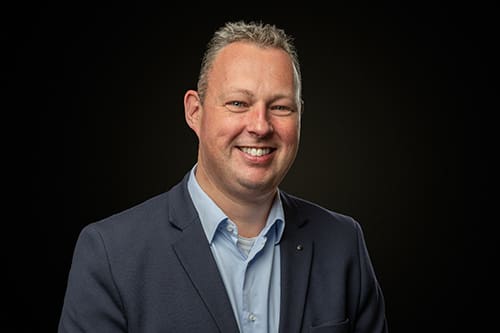Measuring harmful substances
Measuring harmful substances in the living environment is crucial to protect people and the environment. Reliable measurements help identify pollution sources and reduce exposure to them.
Measuring harmful substances in the living environment is crucial to protect people and the environment. Reliable measurements help identify pollution sources and reduce exposure to them.
Measuring and monitoring pollutants is a major challenge for scientists and policymakers around the world. Growing concerns about environmental and health effects, as well as the complexity of how substances behave in the environment, underscore the importance of reliable measurement methods and measuring equipment.
Measuring nitrogen
Nitrogen measurement in the Netherlands is challenging because of the various sources of emissions, which range from agriculture to traffic and industry. Regional differences and different types of nitrogen compounds add to the complexity of the issue. Carrying out annual spot checks, VSL monitors the calibration and maintenance of Dutch monitoring stations in order to ensure reliable and traceable measurements. This eliminates any doubt as to the accuracy of the data produced. Articulating the problems linked to nitrogen completely and accurately depends on the measurement policy chosen and the number of monitoring points.
PFAS measurements
PFAS (per- and polyfluoroalkyl substances) is a collective name for more than 6,000 chemicals. It is present in products such as clothing, lubricants, non-stick pan coatings, textiles and cosmetics, and it can end up in the environment, such as in groundwater, rivers and the soil. PFAS substances are very stable and non-degradable. Some of them therefore pose a health risk. Analysing PFAS requires sophisticated measuring instruments and qualified lab technicians. This is important to better understand the health and environmental risks caused by PFAS.
Measuring microplastics in the blood
Microplastics are small plastic particles (< 5 mm) used in man-made products that end up in our oceans, lakes and rivers. Plastics are consumed by virtually all marine animals and are present in the water and food that other animals and humans ingest, disrupting the functioning of body cells. Measuring the extent of the contamination enables us to take targeted action to address the problem. Measuring microplastics requires specialised equipment and techniques. They have to be distinguished from other small particles. They can also be made up of different types of plastic, necessitating a range of different methods to identify and quantify them.
More harmful substances
In addition to the substances mentioned above, many other substances are present around us that affect our health and the environment. Examples are mercury emissions or chemical additives such as siloxane. VSL develops and has a wide range of state-of-the-art techniques and reference materials to detect and measure pollutants.

Our experts are happy to help.
Michael van Schaik
Senior Account Manager
The national metrology expert, VSL is one of the leading suppliers of reference materials. VSL has the knowledge to make judgements about the quality of measurements of nitrogen and PFAS, substances that are very much in the current spotlight. We also provide support in the testing and calibration of measurement equipment, preparation of measurement models, and monitoring and analysis of measurement results.